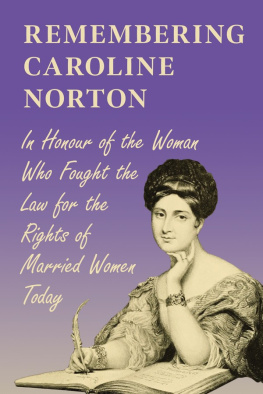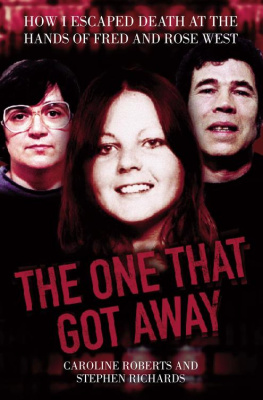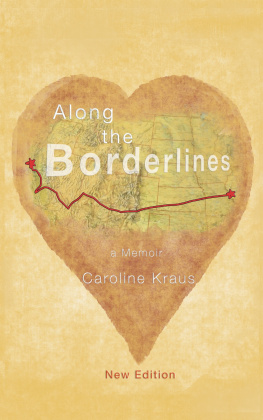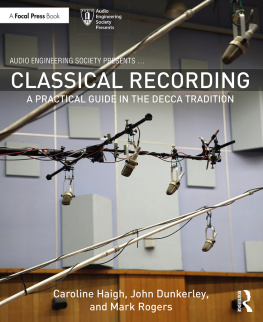Caroline Vout - Classical Art
Here you can read online Caroline Vout - Classical Art full text of the book (entire story) in english for free. Download pdf and epub, get meaning, cover and reviews about this ebook. year: 2018, publisher: Princeton University Press, genre: Romance novel. Description of the work, (preface) as well as reviews are available. Best literature library LitArk.com created for fans of good reading and offers a wide selection of genres:
Romance novel
Science fiction
Adventure
Detective
Science
History
Home and family
Prose
Art
Politics
Computer
Non-fiction
Religion
Business
Children
Humor
Choose a favorite category and find really read worthwhile books. Enjoy immersion in the world of imagination, feel the emotions of the characters or learn something new for yourself, make an fascinating discovery.
- Book:Classical Art
- Author:
- Publisher:Princeton University Press
- Genre:
- Year:2018
- Rating:4 / 5
- Favourites:Add to favourites
- Your mark:
- 80
- 1
- 2
- 3
- 4
- 5
Classical Art: summary, description and annotation
We offer to read an annotation, description, summary or preface (depends on what the author of the book "Classical Art" wrote himself). If you haven't found the necessary information about the book — write in the comments, we will try to find it.
Classical Art — read online for free the complete book (whole text) full work
Below is the text of the book, divided by pages. System saving the place of the last page read, allows you to conveniently read the book "Classical Art" online for free, without having to search again every time where you left off. Put a bookmark, and you can go to the page where you finished reading at any time.
Font size:
Interval:
Bookmark:
CLASSICAL ART
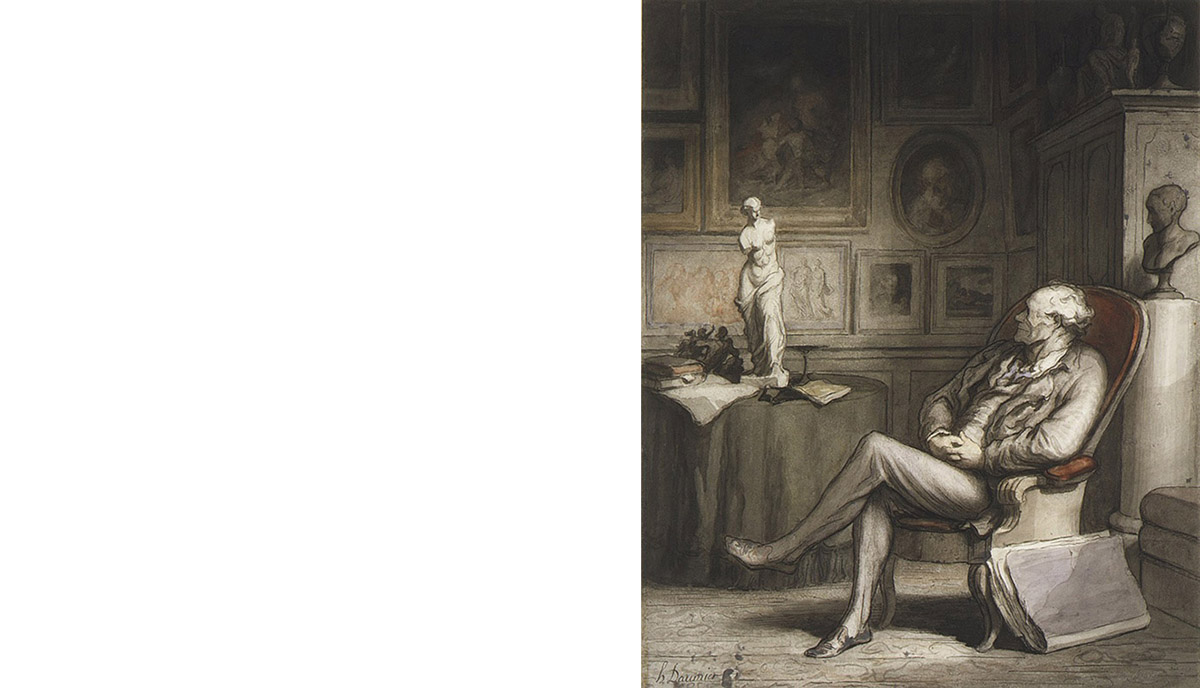
CLASSICAL ART
A Life History from Antiquity to the Present
Princeton & Oxford
Copyright 2018 by Princeton University Press
Requests for permission to reproduce material from
this work should be sent to
Permissions, Princeton University Press
Published by Princeton University Press,
41 William Street, Princeton, New Jersey 08540
In the United Kingdom: Princeton University Press,
6 Oxford Street, Woodstock, Oxfordshire OX20 1TR
press.princeton.edu
Frontispiece: Honor Daumier, The Connoisseur,
ca. 186065. Pen and ink, wash, watercolor,
lithographic crayon, and gouache over black chalk
on wove paper, 43.8 35.5 cm. H. O. Havemeyer
Collection, bequest of Mrs. H. O. Havemeyer,
1929, Metropolitan Museum of Art
Jacket art: Pieter van der Werff, A Girl Drawing and
a Boy Near a Statue of Venus, 1715. Oil on panel,
h. 38.5 cm w. 29 cm. Rijksmuseum, Amsterdam
All Rights Reserved
Library of Congress Cataloging-in-Publication Data
Names: Vout, Caroline, author.
Title: Classical art : a life history / Caroline Vout.
Description: Princeton : Princeton University Press,
2018. | Includes bibliographical references and index.
Identifiers: LCCN 2017023421 | ISBN 9780691177038
(hardcover : alk. paper)
Subjects: LCSH: Art, ClassicalAppreciation
History. | Sculpture, ClassicalAppreciation
History. | Classical antiquitiesAppreciation
History. | Art and societyHistory.
Classification: LCC N5613 .V68 2018 | DDC 709.38dc23
LC record available at https://lccn.loc.gov/2017023421
British Library Cataloging-in-Publication Data is available
This book has been composed in Gotham and ScalaOT
Printed on acid-free paper.
Printed in the United States of America
10 9 8 7 6 5 4 3 2 1
For my collecting students
Every picture tells a story. Hang pictures together, and the conversation between them enriches that story. This book taps one such conversation. It traces the narrative that unfolds as ancient Greek and Roman artifacts are grouped first in sanctuaries, and then in new configurations, as they travel across cultures and time. As they travelthe lucky ones at leastthey change the world around them. Symbiotically, they too are changed, accruing values positive and negative. These values, and the ongoing embrace of these values, create classical art.
Overinvestment in value-laden categories makes them inevitably slippery. But that should not dissuade us from wrestling with them. Classical art is sometimes used capaciously to describe the material cultures of the Greeks, Etruscans, and Romans from as early as 1200 BCE to the fall of the Roman empire. But this underrates the values implied by both the classical and art labels, values that have evolved over centuries. This book is about that evolution, and employs classical art for a category comprising chosen objects, objects that have outgrown their Greek or Roman origins, and often also their intended function, to become part of something biggeran elite club or canon that dictates taste, and shapes culture and cultures questions. This book also privileges sculpture. It would be disingenuous to deny the part played by gems, pottery, painting, and architecture, but sculpture is the most eloquent advocate; indeed it is our only advocate, if what we are wanting to track is an available, moveable material that has been in the public domain from its production in Greece or Rome and its discussion in Greek and Latin literature, continuously through to the presentmaterial that offers not just a close-up but a panning shot of classical arts entire trajectory. In as far as this book is concerned with more private narratives, it is less with the biographies of individual enthusiasts than with how these biographies have intersected with (inter)national narratives to dictate classical arts makeup and influence.
As I will show, the classical art of todays textbooks and galleries is different from the classical art of the nineteenth century, which is different again from the classical art of the Renaissance or of antiquity. Not that the terminology classical art existed in antiquity or in the Renaissance; it is an observers category (classical derives ultimately from the Latin word classicus meaning of the first order), which I apply retrospectively to specimens of Greek and Roman production freighted with normative values. Nor is it a self-standing category: it is always relational. Were one able to ask the
This book follows the Greek and Roman as it reaches these dizzy heights, and classicism its hellenocentric bias. When the Parthenon sculptures were making waves in London in the nineteenth century, they were bolstering an already burgeoning hellenism, the ideals of which were tied to the materiality of Greece, real and imaginary. But the Parthenon sculptures were also, inevitably, surprising, bringing many into contact with genuine Greek sculpture for the first time, and accelerating a refinement of the category of classical art to artifacts produced in the fifth and fourth centuries BCE when Athens at least was, for the most part, a democracy. Today, this concept of classical art will often be given a capital C to put it on an even higher plane than any broader classical category. The two definitions coexist. But when it is classical style that is being talked about, it is fifth- and fourth-century style that is typically meant, as distinct from the archaic, frontal style of earlier Greek production, or the baroque style of works produced after the death of Alexander the Great in 323 BCE. The naturalism of this Classical art gives it, and has always given it, a particular kind of potency.
Grappling with these variations on a theme means managing the linguistic problems they generatenot only the different versions of classical, but also classicism and classicizing. Avoiding Classical is not difficult: it is a subgenre as far as this book is concerned; fifth-century or fourth-century are more precise as adjectives. But the other terms remain tricky: usually in what follows, they imply a debt to the arts of Greece and Rome, as interpreted by a particular period, but occasionally, as in the phrase Augustan classicism, they infer the narrower nostalgia of our previous paragraph, one that urgently asks us to examine not only modernitys relationship to the classical antique and vice versa but classicisms relationship to hellenism. I rely on the context to clarify, and work hard every time to qualify their different sense of timelessness. Harder is the distinction between classical and classicizing: is an eighteenth-century cast of the Apollo Belvedere one or the other? Find the answer and we pin down the nature of the statues imitation. But pinning down is not what classical art enables. It has a transcendent quality that defies logic. The best we can do is approximate its appeal, and focus our energies instead on its evolution and impact. If we are occasionally mercurial in our use of these terms, this is as appropriate as it is unavoidable.
All books on the classical have the additional problem of whether to adopt Greek, Latin, or anglicized spellings for Greek names. Because of the massive part played in my story by ancient and Renaissance Rome, I prefer the Latin, except when that is ugly in my eyes: so I call the fifth-century Athenian sculptor Kritios, as opposed to Critius, but otherwise prefer Polyclitus, Caria, Doryphorus, and so on. At best, I hope to have been consistently inconsistent.
Font size:
Interval:
Bookmark:
Similar books «Classical Art»
Look at similar books to Classical Art. We have selected literature similar in name and meaning in the hope of providing readers with more options to find new, interesting, not yet read works.
Discussion, reviews of the book Classical Art and just readers' own opinions. Leave your comments, write what you think about the work, its meaning or the main characters. Specify what exactly you liked and what you didn't like, and why you think so.



